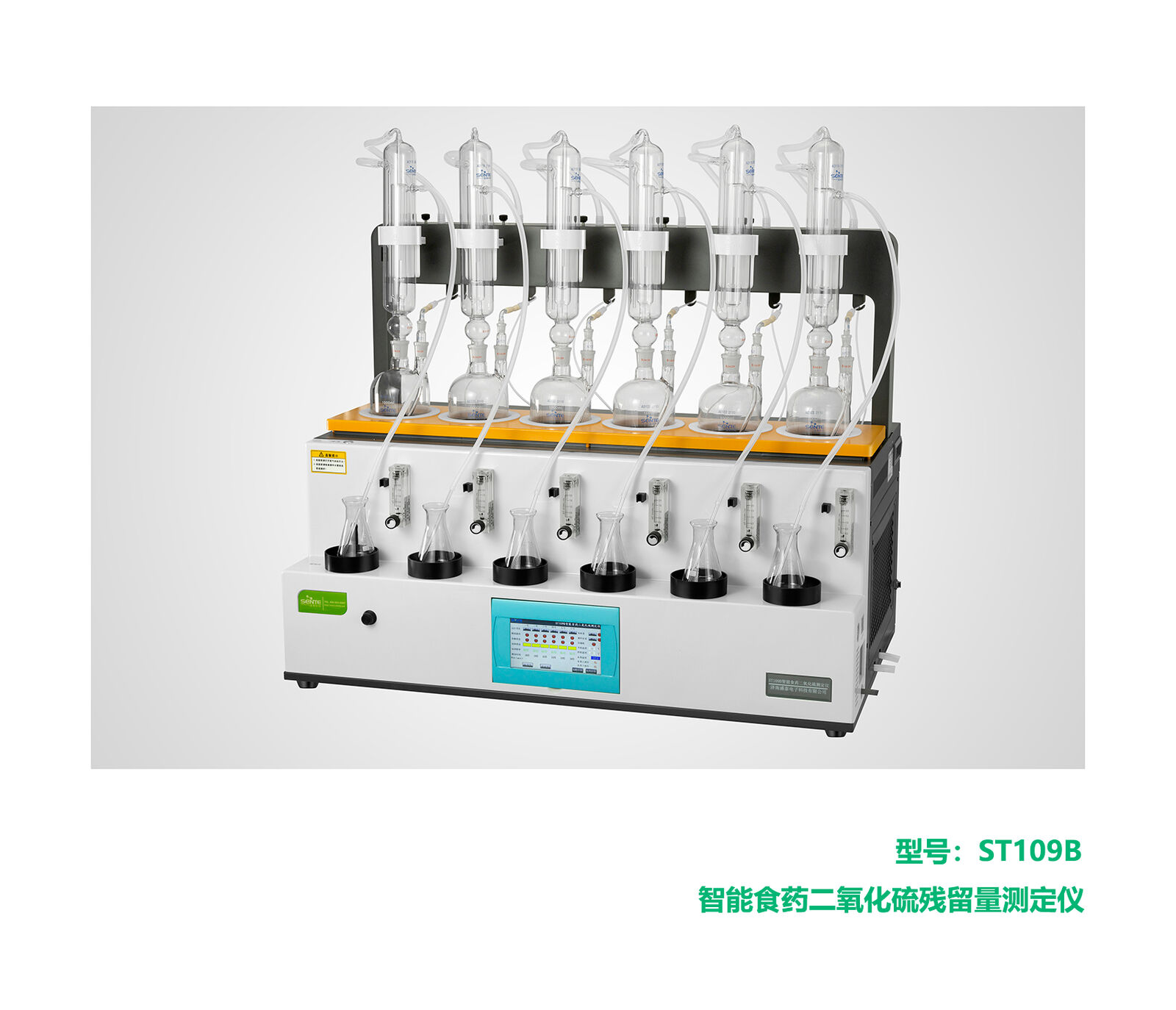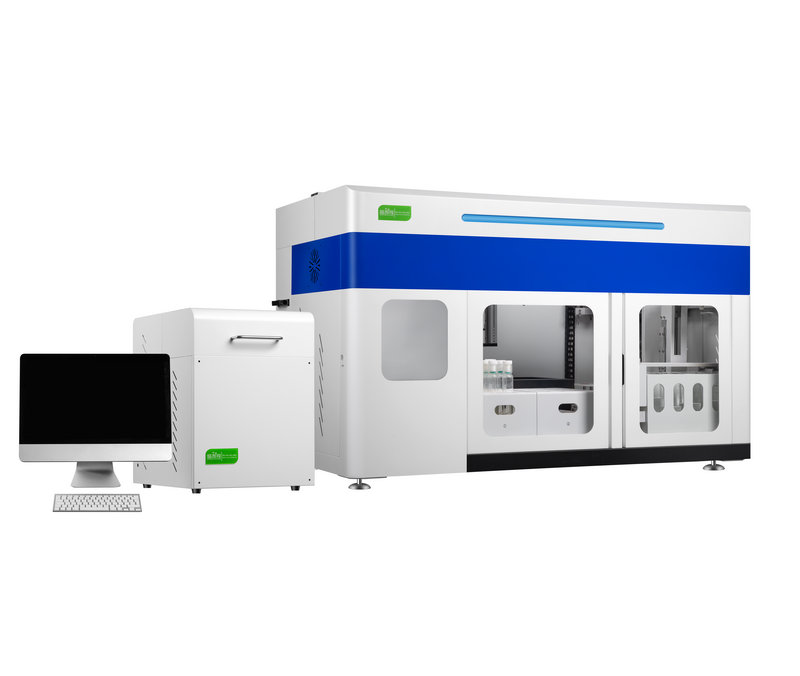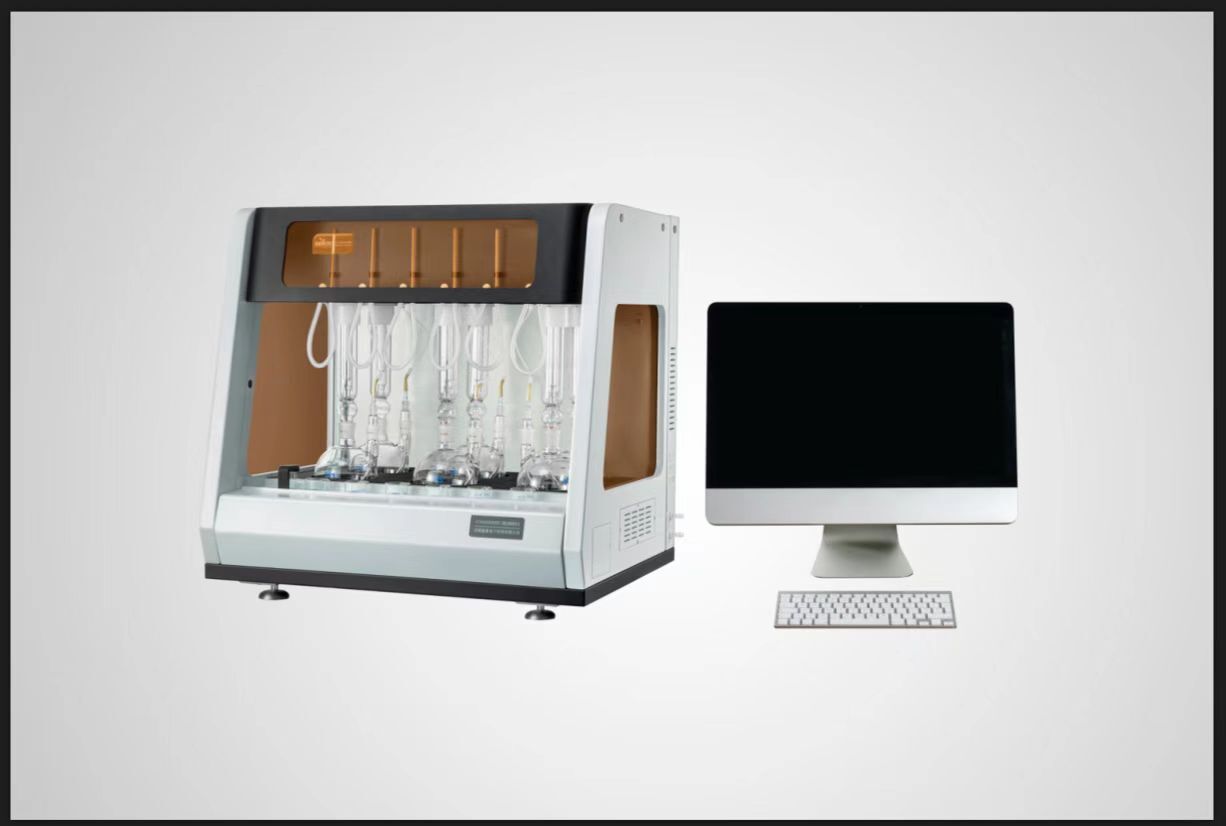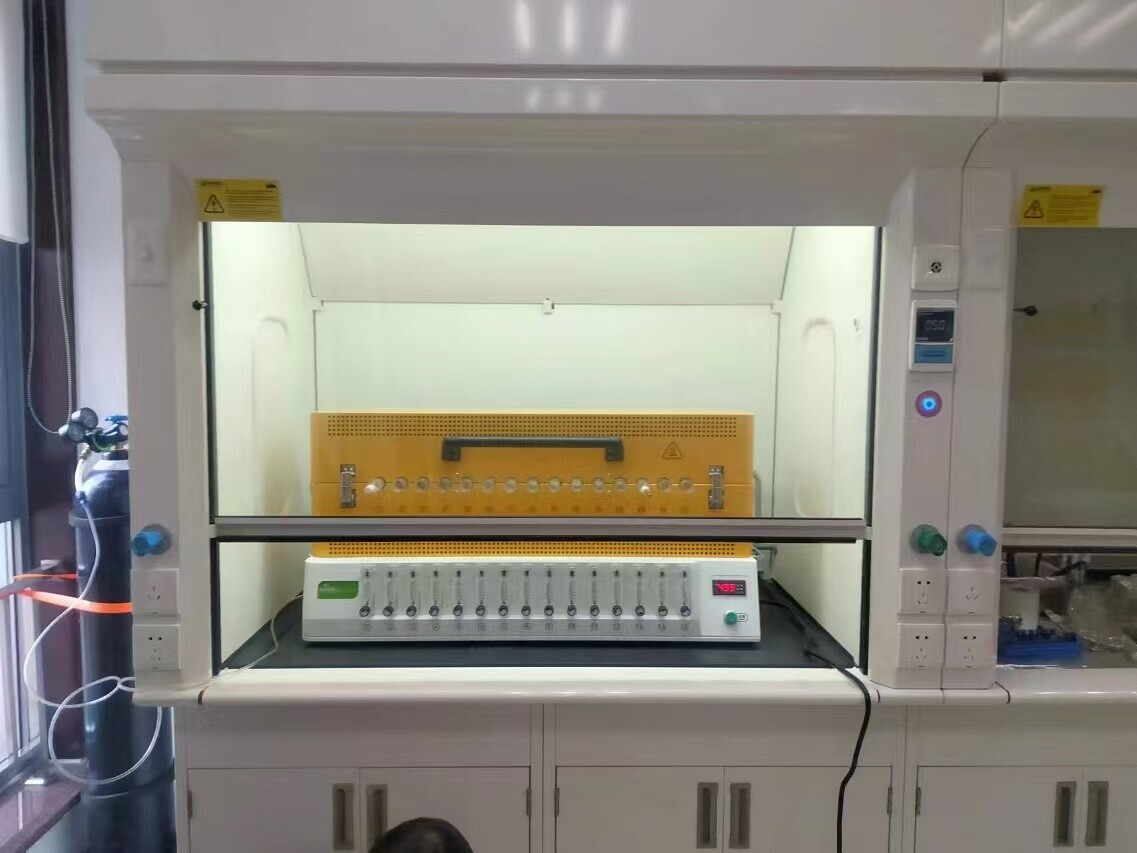Supported by technological innovation and quality management, with the concept of developing domestically-original instruments and equipment, and adhering to the principle of putting ourselves first, we have developed and manufactured a series of intelligent laboratory instruments and equipment, online atmospheric monitoring equipment, etc. with leading performance and reliable quality.
◉ Product Introduction
Special instruments for the new national standard food sulfur dioxide (Chinese Pharmacopoeia method for testing traditional Chinese medicine sulfur dioxide): ST109A, ST109B, ST109C, ST109D are all equipped with automatic reagent addition and automatic nitrogen blowing control functions (the first in the country)!!!
R&D Background:
With the promulgation of the new national standard GB5009.34-2022 "Determination of sulfur dioxide in food" , the determination methods of sulfur dioxide in food and sulfur dioxide in traditional Chinese medicine in the "Chinese Pharmacopoeia" are roughly the same. Jinan Shengtai Technology has developed four special testing instruments, ST109A, ST109B, ST109C, and ST109D , based on the new national standard and pharmacopoeia methods.
Features:
* Heating method: automatic far-infrared ceramic heating management system, automatic anti-dry burning technology;
* Cooling method: The host has a built-in compressor integrated design, which automatically completes the internal circulation of cooling water, without the need for an external chiller;
* Condenser design: National standard special reflux condenser;
* Control system: automatic heating technology, can set micro-boiling and full-boiling heating modes; automatic timing 0-999min;
* Reagent addition: Reagent addition can be completed automatically through a high-precision reagent filling pump without manual operation;
* Nitrogen control: rotor flowmeter control, range: 200-2000ml/min;
◉ Specifications
◉ Success Stories
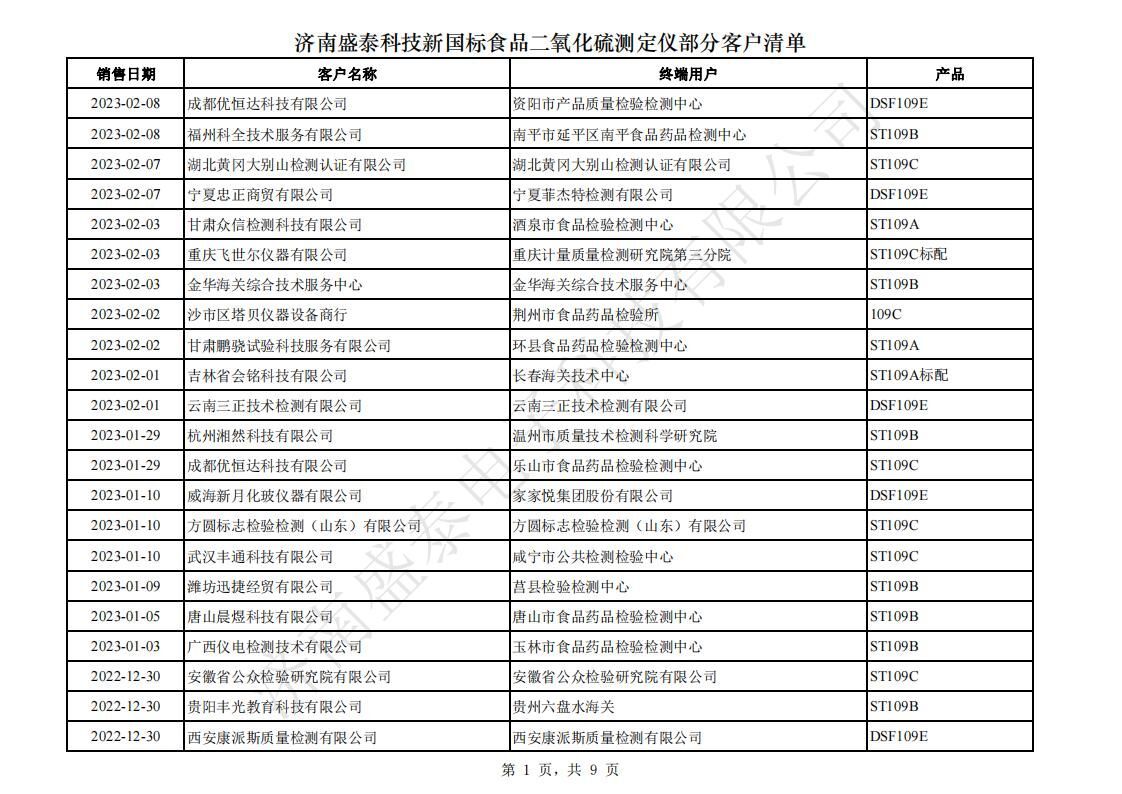
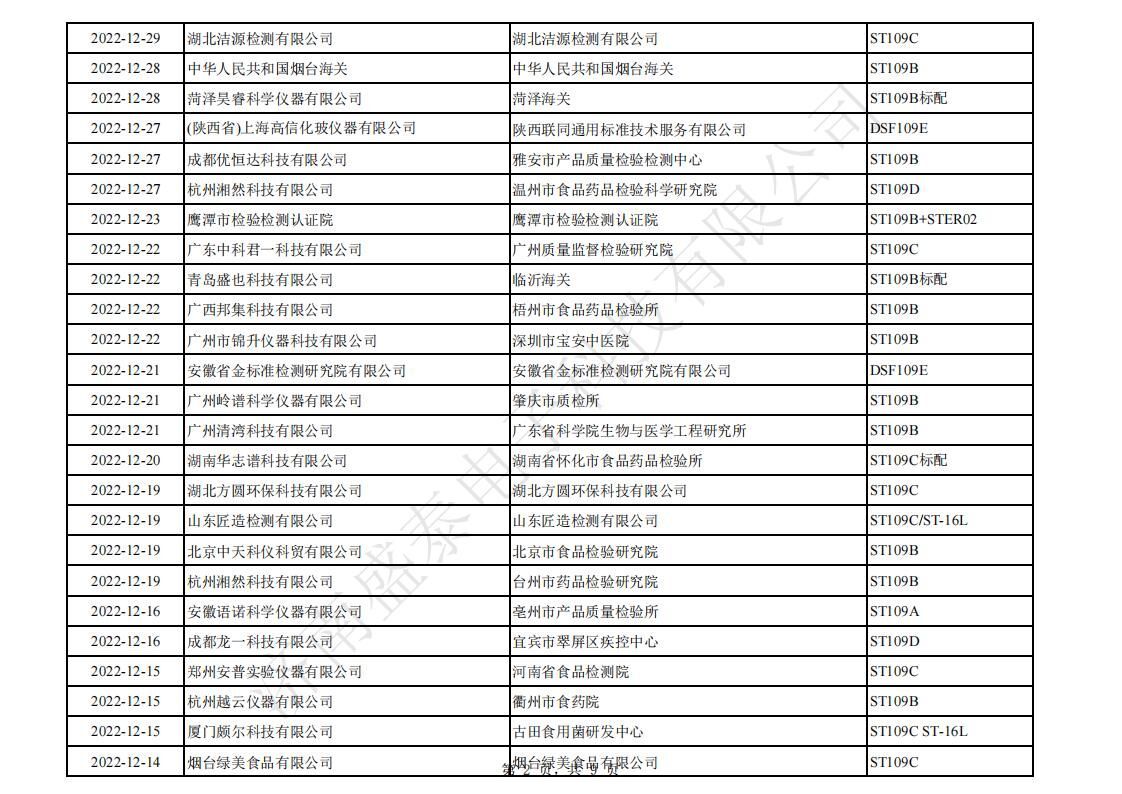
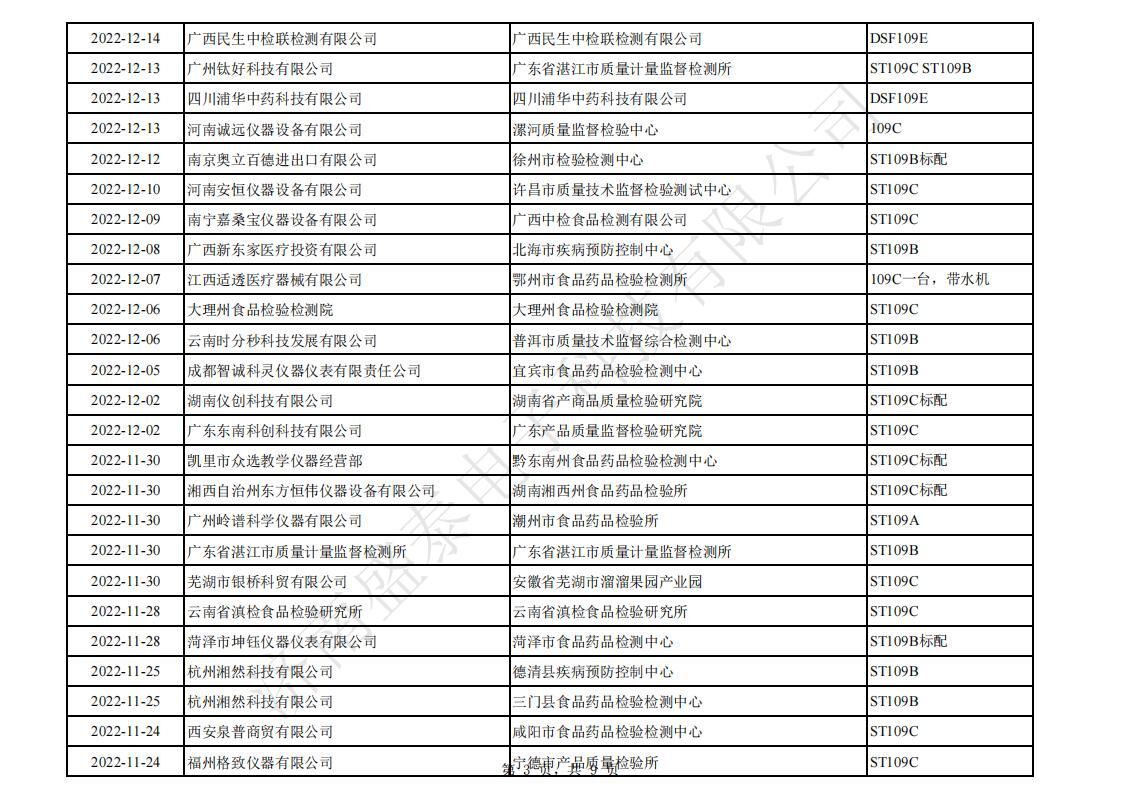
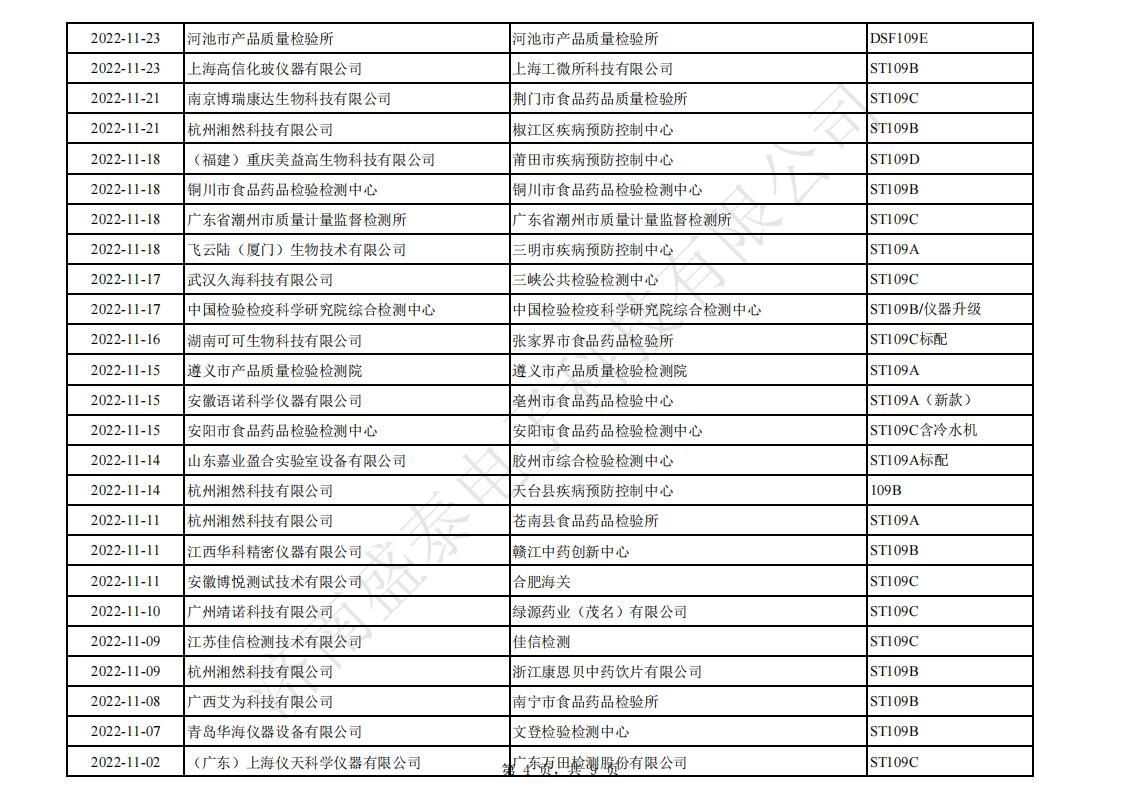

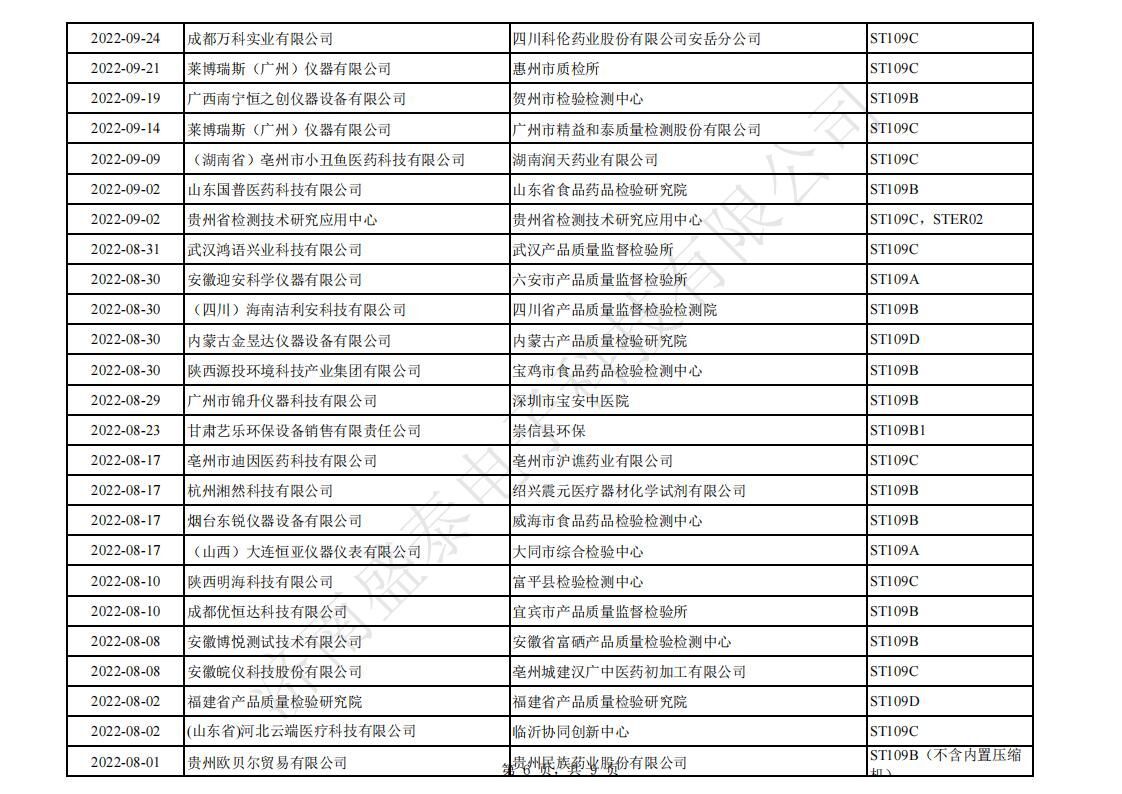
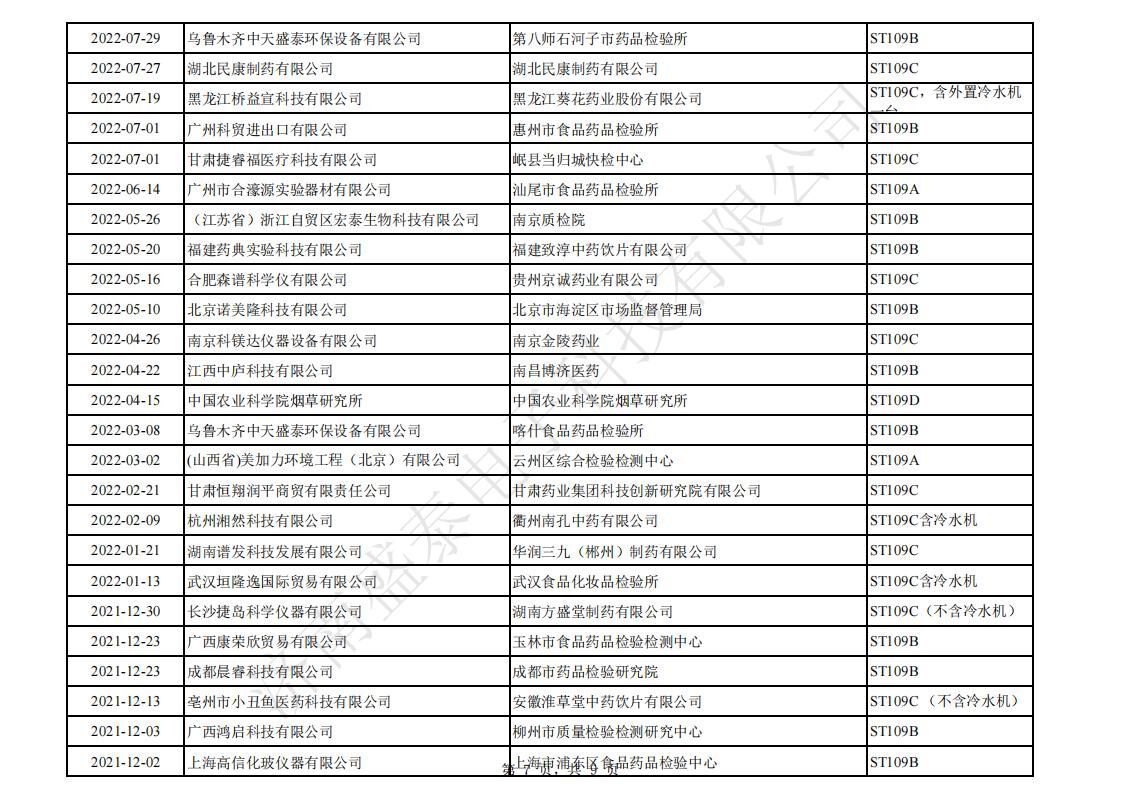
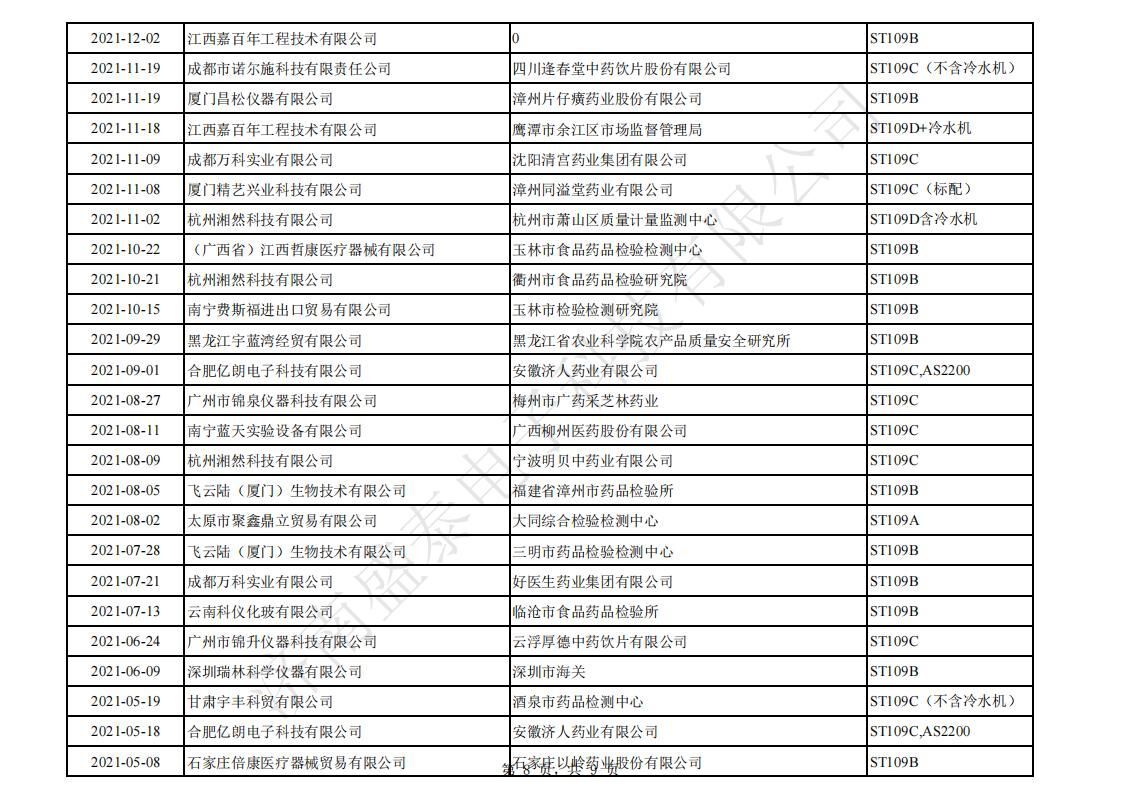
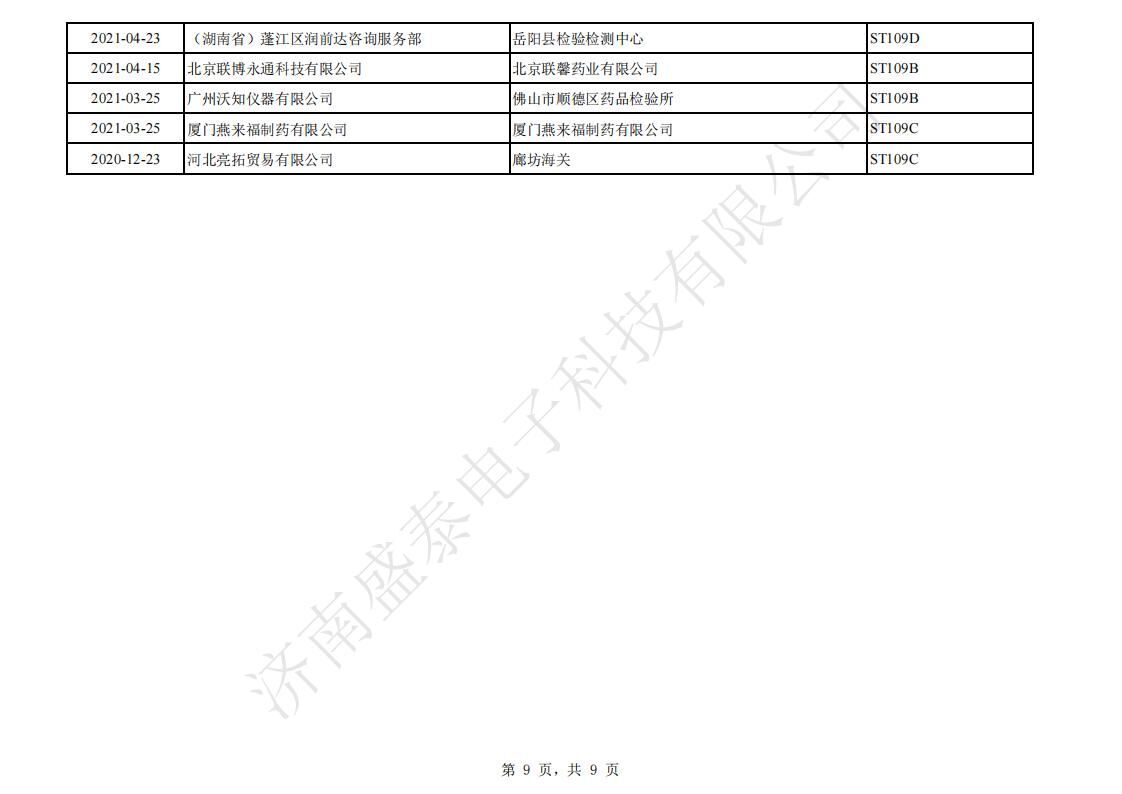
◉ Download Sample
◉ Get a quote
◉ Related Products
 Jinan Shengtai ST800L fully automatic total phosphorus (total nitrogen) analyzer
Jinan Shengtai ST800L fully automatic total phosphorus (total nitrogen) analyzer ST109A Fully Automatic Food and Chinese Medicine Sulfur Dioxide TesterGB5009.34-2022 Determination of sulfur dioxide in food, ST109A fully automatic food and drug sulfur dioxide analyzer can fully automate the detection, automatic titration, automatic identification of endpoint color, and automatic calculation of test results.
ST109A Fully Automatic Food and Chinese Medicine Sulfur Dioxide TesterGB5009.34-2022 Determination of sulfur dioxide in food, ST109A fully automatic food and drug sulfur dioxide analyzer can fully automate the detection, automatic titration, automatic identification of endpoint color, and automatic calculation of test results. Jinan Shengtai ST700G Intelligent Microplastic Pyrolysis Instrument
Jinan Shengtai ST700G Intelligent Microplastic Pyrolysis Instrument
Please leave us a message
Jinan Shengtai Electronic Technology Co., Ltd. is a high-tech enterprise specializing in the research, development, production and sales of new laboratory analytical instruments, online atmospheric monitoring equipment and laboratory intelligent pretreatment equipment.
Log in to view more information
Log in to view more information

